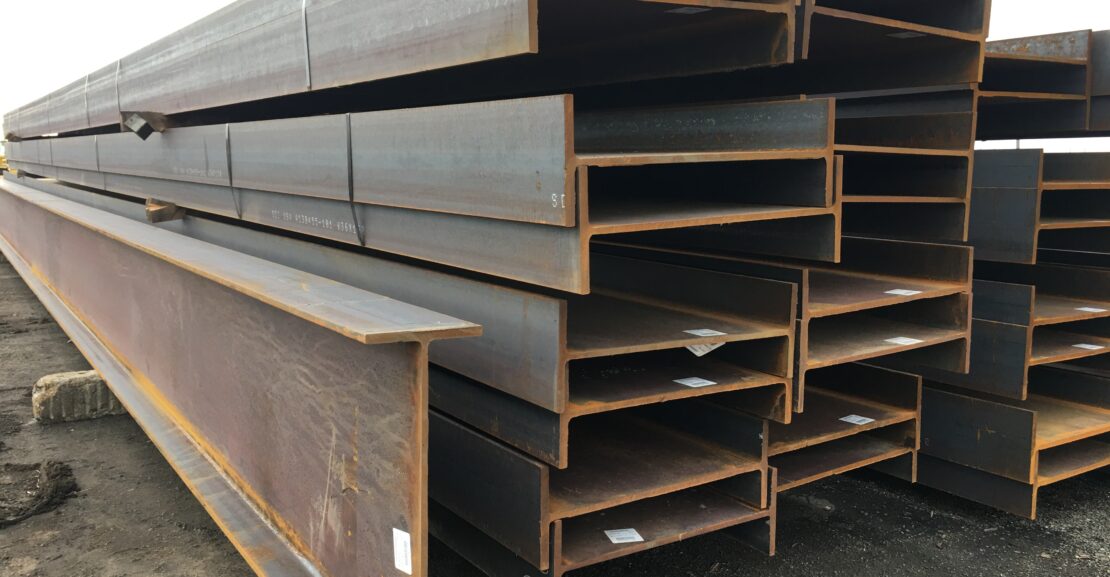Steel sections are widely used in construction and engineering applications because of their excellent strength-to-weight ratio and durability. The section modulus of a steel section is an important factor to consider when designing steel structures as it directly relates to the loading capacity of the section.
Section modulus is a measure of a section’s resistance to bending. It is calculated by dividing the moment of inertia of the section by the distance from the neutral axis to the outermost fiber of the section. The higher the section modulus, the greater the resistance to bending stress, and the greater the loading capacity of the section.
The relationship between the section modulus and loading capacity is essential in the design of steel structures. The section modulus determines the maximum load that a section can withstand before it reaches its elastic limit. The elastic limit is the point at which the section is permanently deformed, and it can no longer return to its original shape.
Therefore, it is crucial to consider the section modulus when selecting a steel section for a particular application. Steel sections with higher section moduli will have greater loading capacities and can support larger loads before they reach their elastic limit.
In addition to the section modulus, the strength of the steel material used in the section also affects its loading capacity. Steel is often classified based on its yield strength, which is the stress at which the material begins to deform plastically.
For example, a steel section made from 50 ksi steel will have a yield strength of 50,000 pounds per square inch (psi). Similarly, a section made from 60 ksi steel will have a yield strength of 60,000 psi. The higher the yield strength of the steel, the greater the strength of the section, and the greater the loading capacity.
Therefore, a steel section made from 60 ksi steel will have more strength than the same section made from 50 ksi steel. The higher yield strength of the 60 ksi steel allows it to withstand higher stress levels before it reaches its elastic limit, making it suitable for applications where higher loads are required.
However, it is important to note that steel sections made from higher strength materials may not always be the best choice for a particular application. Other factors such as cost, availability, and ease of fabrication must also be considered.
In conclusion, the section modulus of a steel section is directly related to its loading capacity. Steel sections with higher section moduli can support larger loads before reaching their elastic limit, making them suitable for applications where higher loads are required. Additionally, the strength of the steel material used in the section also affects its loading capacity, with higher yield strength materials providing greater strength and loading capacity.
What is the section modulus of a steel section?
The section modulus of a steel section is a measure of its resistance to bending stress. It is defined as the ratio of the moment of inertia of the section to the distance from the neutral axis to the outermost fiber of the section. The section modulus determines the maximum load that a section can withstand before it reaches its elastic limit, and it is an important factor to consider when designing steel structures.
Does the strength of the steel material used in a section affect its loading capacity?
Yes, the strength of the steel material used in a section directly affects its loading capacity. Steel is often classified based on its yield strength, which is the stress at which the material begins to deform plastically. A steel section made from higher strength materials, such as 60 ksi steel, will have a higher yield strength and therefore greater strength and loading capacity than the same section made from lower-strength materials, such as 50 ksi steel. However, other factors such as cost, availability, and ease of fabrication must also be considered when selecting a steel section for a particular application.
